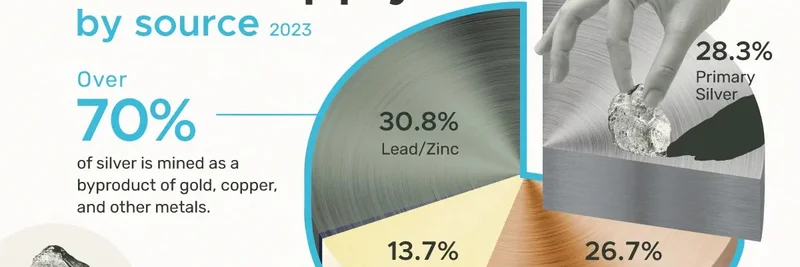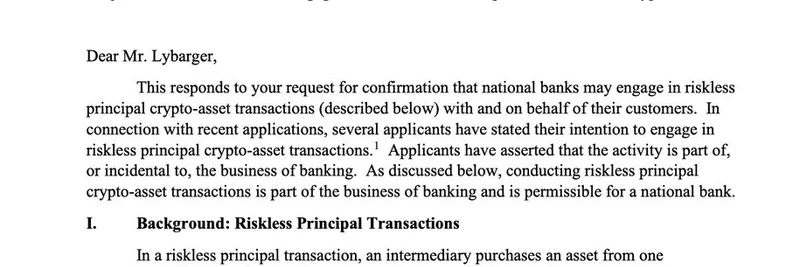In the ever-evolving world of blockchain and crypto, not every token serves the same purpose or holds the same value. That's the key takeaway from a recent tweet by @Melt_Dem, which introduced the Ribbit Taxonomy v2025. This clever framework, sourced from Ribbit analysis and crafted by what the post calls "an army of consultants," breaks down tokens into distinct categories based on their roles, especially in the context of AI and machine learning.
The taxonomy visualizes token value potential on a downward slope, starting from high-value "Access" tokens at the top and descending to more common "Asset" tokens at the bottom. It highlights how tokens can represent everything from secure access to personal knowledge, with implications for how machines might use them for value transfer, learning, and personalization.
To make this clearer, let's look at the core components of the taxonomy in a structured table:
| Token Type | Definition | Examples |
|---|---|---|
| Access | Provide authorization to access sensitive identity information or secured accounts. | Payment or bank credentials (e.g., Apple Pay tokens), biometric unlocks, password managers |
| Memory | Captured explicitly personal context for future AI personalization. | User preferences ("I prefer formal writing"), financial thresholds ("Never below $10K") |
| Expert | Contain specialized domain instructions or workflow details that enhance AI capabilities. | AI nursing (e.g., capture symptom details) or financial planning (e.g., draft custom financial plan) |
| Context | Generated from ongoing digital interactions to help AI understand user preferences and interests. | Shopping history, topics of interest, browsing patterns, frequently used app features |
| Identity | Detailed personal information describing or identifying individuals or businesses. | Government ID numbers, financial profiles, credit scores, incorporation documents |
| Knowledge | Store operational and proprietary data essential for company decision-making and optimization. | Internal research reports, ERP data, company code bases or SOPs, fraud detection algorithms |
| Asset | Represent ownership or rights to actual entitlements of assets. | Bitcoin, stablecoins, tokenized real estate, NFTs, DEX LP interests |
As you can see, the value potential decreases as we move down the list. High up, tokens like "Access" and "Memory" deal with highly sensitive, personalized data that's crucial for secure and tailored AI experiences. Lower down, "Asset" tokens are more about ownership of tangible or digital goods, like your favorite meme coins or NFTs, which are abundant in the crypto space.
The taxonomy also groups tokens into three color-coded categories for better insight:
- Red (Value Tokens): Focused on how machines will store or transfer financial resources, including asset tokens.
- Green (Expertise Tokens): Related to how machines learn to perform tasks that humans excel at, encompassing expert, context, and other learning-oriented tokens.
- Blue (Personalization Tokens): Centered on general knowledge distinct from company specifics, aiding machines in understanding and assisting individuals, groups, or organizations. This includes access, memory, context, and identity tokens.
This grouping underscores a shift in thinking: tokens aren't just currency or collectibles anymore. In an AI-driven future, they could power personalized experiences, from customizing financial advice to enhancing digital identities. For meme token enthusiasts, this is particularly exciting. While many meme coins fall under the "Asset" category as fun, community-driven investments, the taxonomy hints at potential evolution. Imagine meme tokens incorporating "Memory" or "Context" elements to create AI-personalized communities or experiences—turning viral frogs or dogs into smart, interactive ecosystems.
If you're diving into meme tokens, understanding frameworks like the Ribbit Taxonomy can give you an edge. It helps spot which projects might have lasting value beyond hype, especially as blockchain intersects more with AI. Keep an eye on innovators like @Melt_Dem for more insights, and explore how these token types play out in real-world projects.
What Makes Ribbit Taxonomy Stand Out?
What sets this taxonomy apart is its forward-looking approach. It's not just about current crypto trends; it's anticipating how tokens will integrate with AI. For instance, "Expert" tokens could revolutionize industries by packaging specialized knowledge into tradable forms, much like how meme tokens package cultural vibes.
Implications for Blockchain Practitioners
For developers and investors in the blockchain space, this classification offers a roadmap. High-value tokens (top of the pyramid) could command premiums due to their scarcity and utility in secure, personalized systems. On the flip side, abundant "Asset" tokens might thrive in high-volume trading environments, like DEXs where meme coins often shine.
Tying It Back to Meme Tokens
At Meme Insider, we're all about decoding the wild world of meme tokens. While the Ribbit Taxonomy covers broader crypto, it resonates here because many meme projects start as assets but aspire to more. Think of how some memes evolve into DAOs with identity and context layers—aligning with higher-value categories. This could be the next frontier for meme coin innovation.
Stay tuned for more breakdowns on token trends, and if you've got thoughts on where your favorite meme fits in this taxonomy, drop them in the comments!


